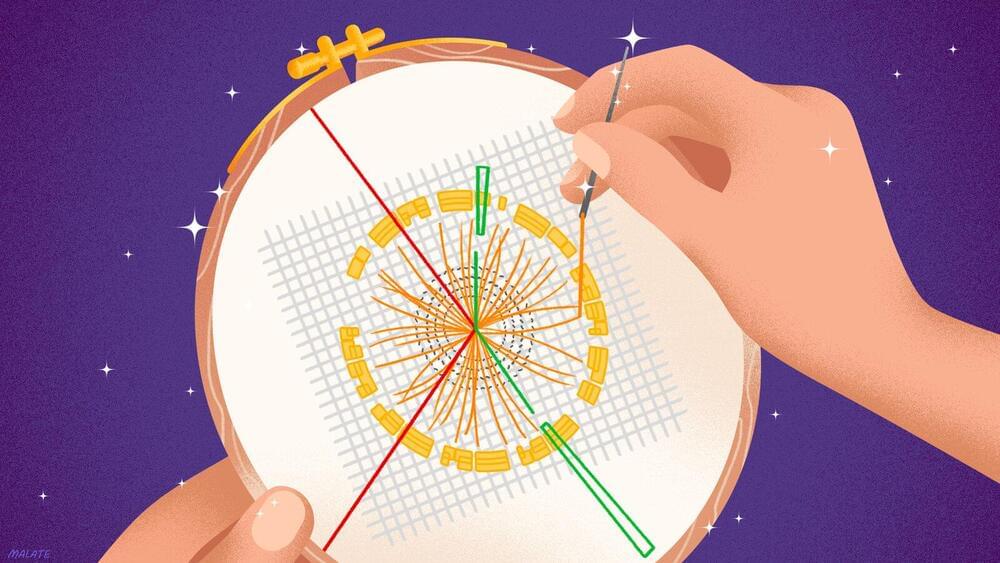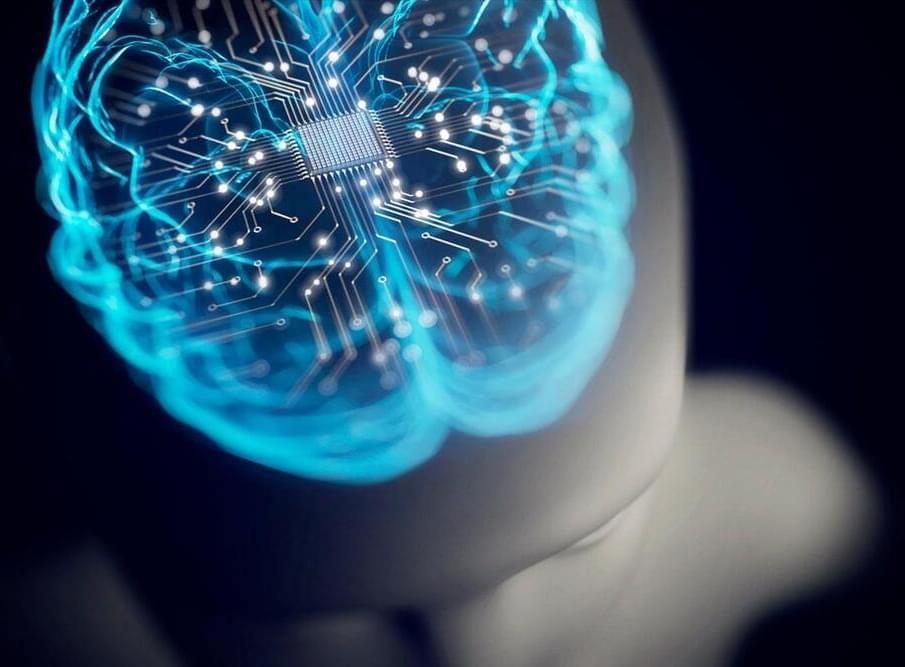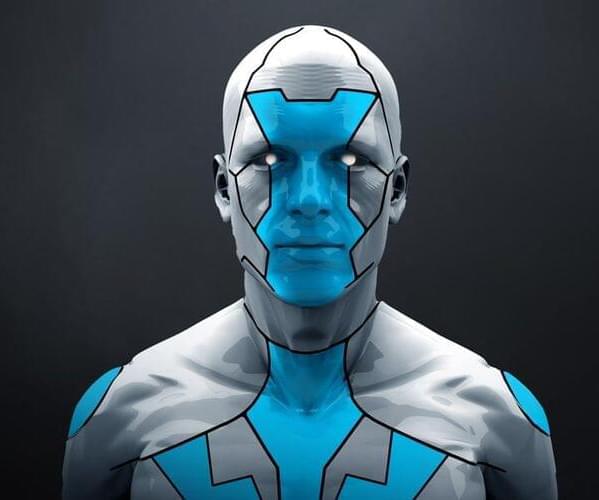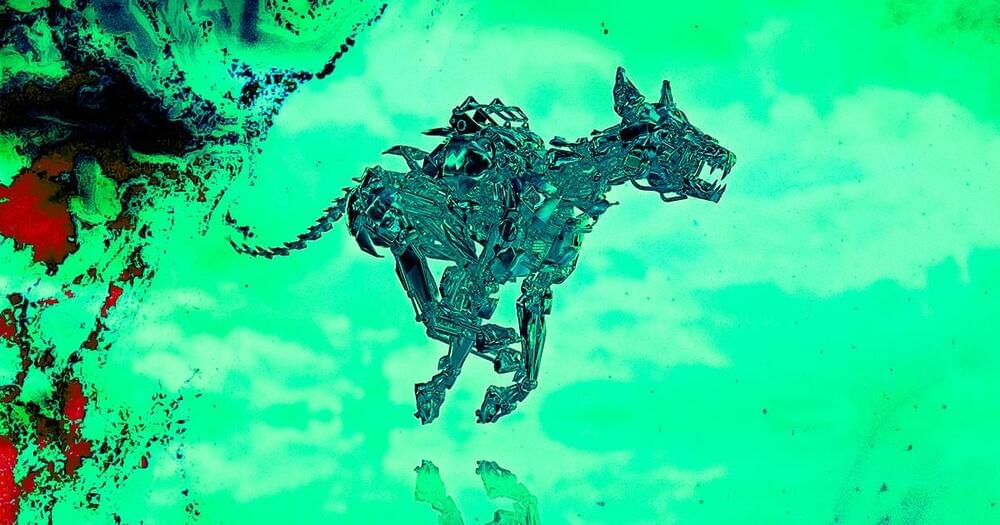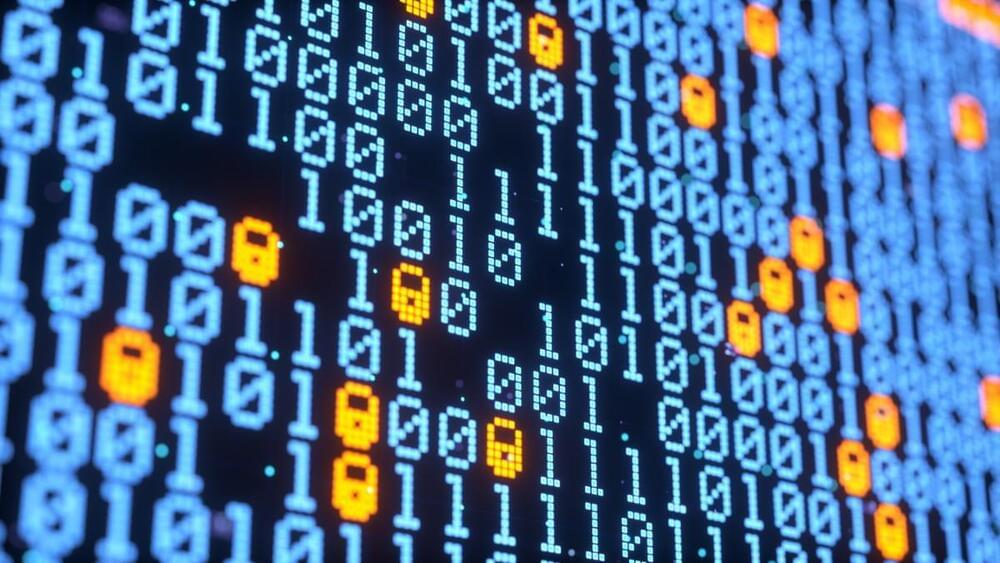Theoretical physicists employ their imaginations and their deep understanding of mathematics to decipher the underlying laws of the universe that govern particles, forces and everything in between. More and more often, theorists are doing that work with the help of machine learning.
As might be expected, the group of theorists using machine learning includes people classified as “computational” theorists. But it also includes “formal” theorists, the people interested in the self-consistency of theoretical frameworks, like string theory or quantum gravity. And it includes “phenomenologists,” the theorists who sit next to experimentalists, hypothesizing about new particles or interactions that could be tested by experiments; analyzing the data the experiments collect; and using results to construct new models and dream up how to test them experimentally.
In all areas of theory, machine-learning algorithms are speeding up processes, performing previously impossible calculations, and even causing theorists to rethink the way theoretical physics research is done.
